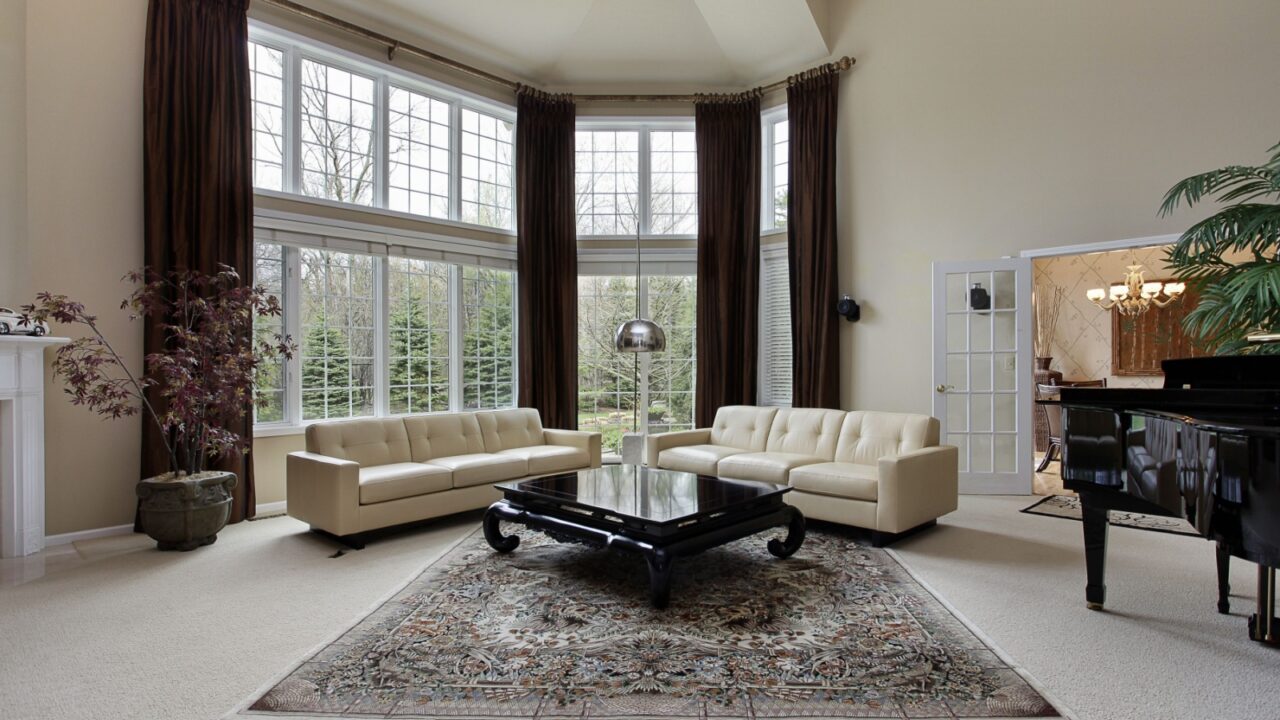
Timeless or Trendy?
Quiet luxury (think neutral palettes, organic textures, and less-but-better philosophy) has dominated interiors. But does it still deserve the spotlight?
Today, we’ll unpack its staying power, fresh twists, and whether it’s worth your investment. Buckle up for a design deep-dive that’s equal parts chic and cheeky. Let’s see if quiet luxury is fading out or just getting started.
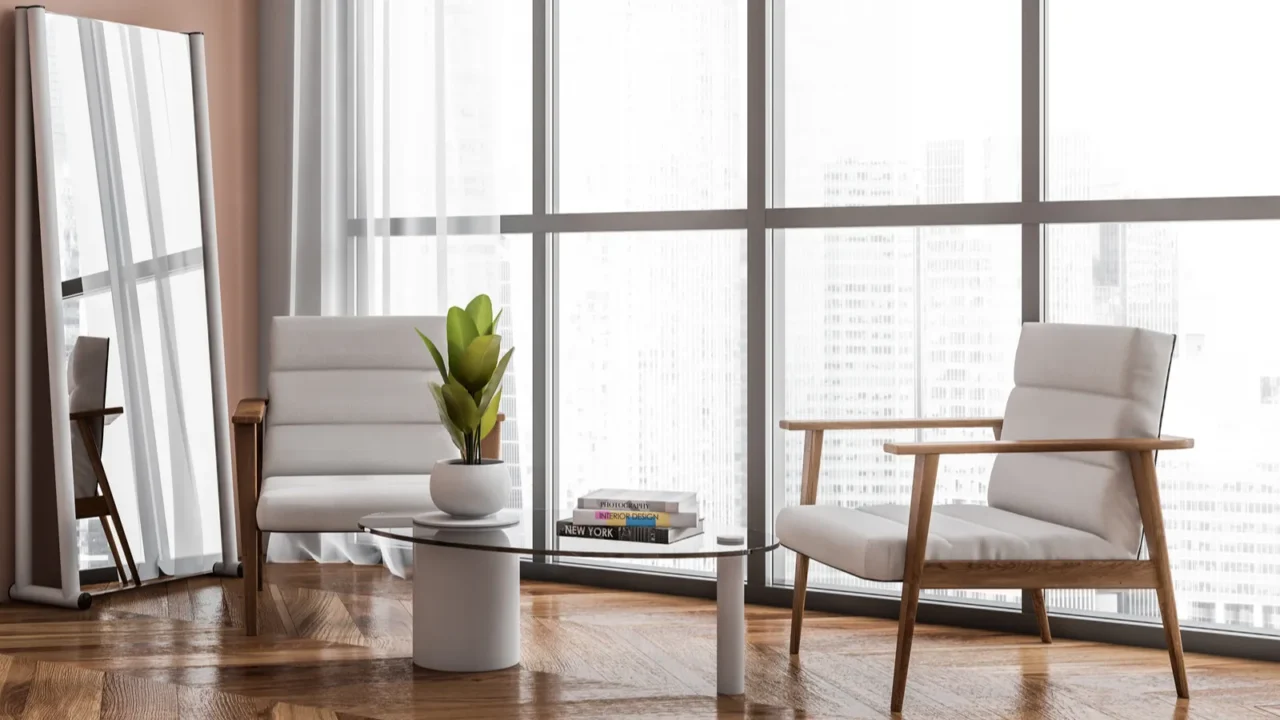
Defining Quiet Luxury
Quiet luxury isn’t just a style; it’s a mindset. Imagine cashmere-throw vibes: understated materials (linen, oak, stone), muted tones, and craftsmanship that screams “I’m expensive but don’t need to yell.”
Unlike maximalism, it’s about curated restraint. Think Gwyneth Paltrow’s living room, not a Kardashian closet. It’s effortlessly aspirational, no logos, just legacy.
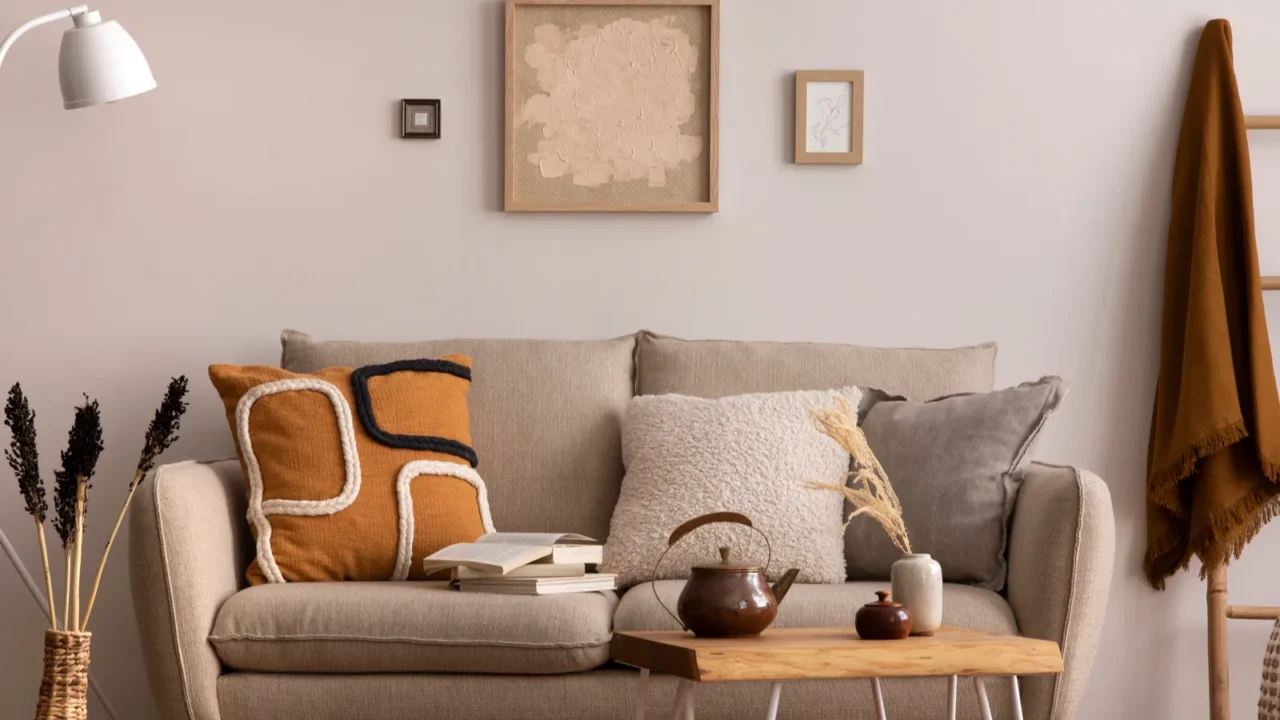
The Hype Cycle
Remember when everyone ditched glam for Japandi overnight? Trends peak, but quiet luxury’s hype feels different. It’s rooted in sustainability (fewer, finer pieces) and post-pandemic craving for calm.
Yet, critics call it “boring” or “elitist.” Is it enduring design or just a Pinterest phase? We’ll weigh its cultural staying power because let’s face it, not all trends age like a vintage Eames chair.
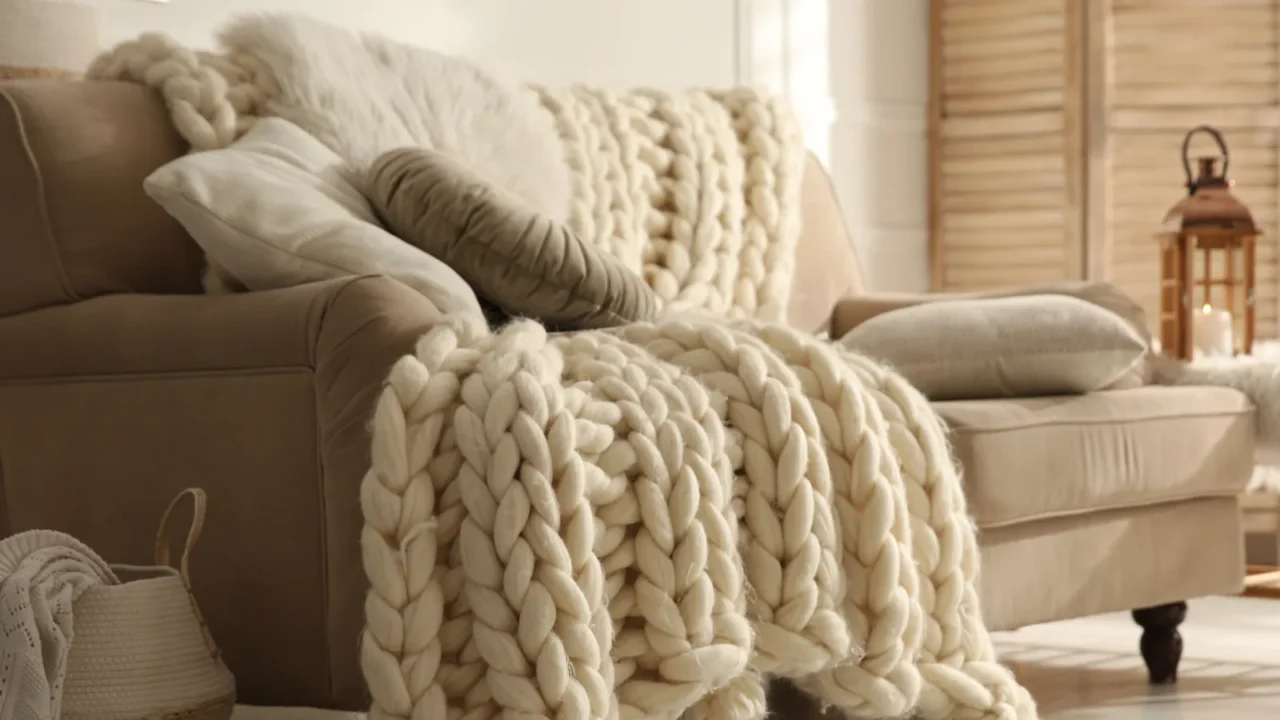
Budget vs. Splurge
Good news: You don’t need a trust fund. Splurge on hero pieces (a hand-knotted wool rug) and save on lookalikes (ceramic vases that mimic artisan pottery).
Pro tip: Thrifted marble trays are greater than fast-fashion decor. It’s about strategic indulgence because true luxury isn’t the price tag, it’s the patience to curate.

Color Psychology
Quiet luxury’s palette isn’t just beige, it’s a symphony of taupes, clays, and oat milks (yes, that’s a color now). These hues aren’t snoozy; they’re scientifically calming.
Warmer neutrals foster coziness, while cooler tones feel crisp. Bonus: They’re a blank canvas for bold art or that one emerald-green velvet pillow you swear “totally counts” as neutral.
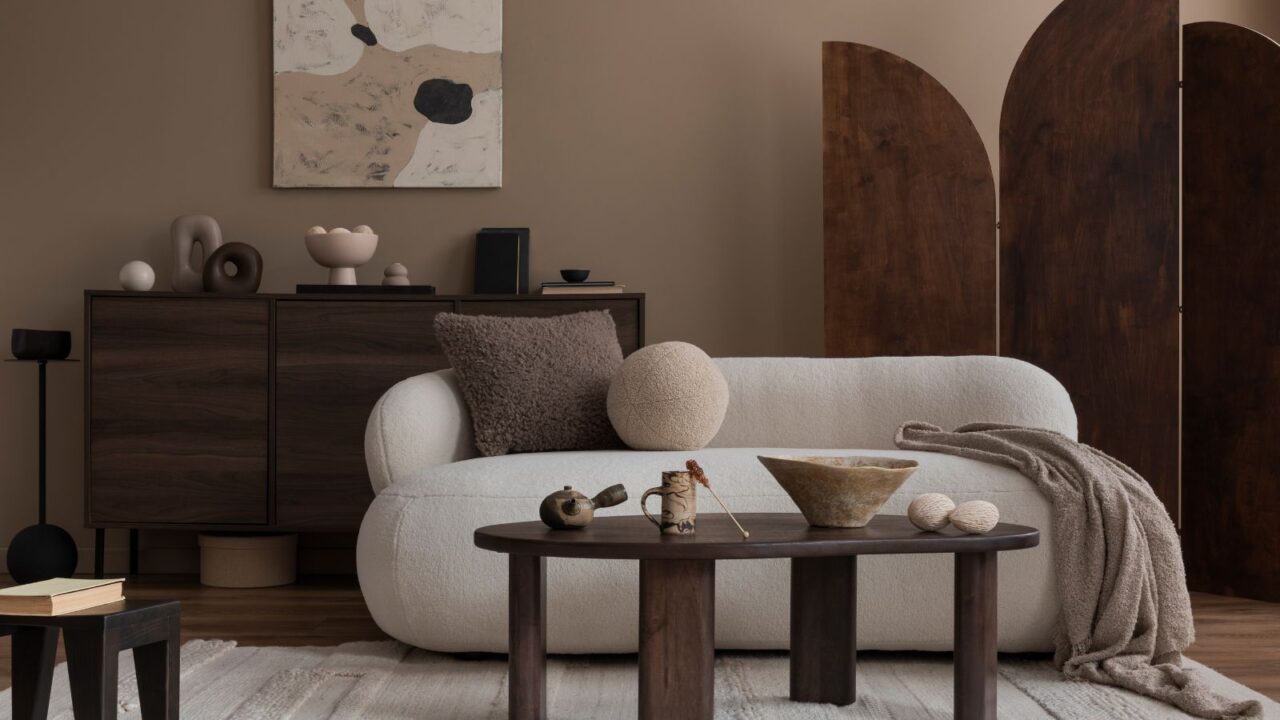
Texture Play
Quiet luxury thrives on tactile contrast, think rough-hewn wood against buttery leather or nubby linen paired with polished stone. It’s the design equivalent of a perfectly layered outfit: effortless but intentional.
Skip flat, one-note surfaces; instead, mix matte and sheen, hard and soft. Pro tip: A single chunky knit throw can add more “quiet luxury” than a room full of monochrome furniture.

Minimalism’s Cousin
Minimalism and quiet luxury both love space, but quiet luxury leans into warmth and texture. Where minimalism feels stark, quiet luxury whispers, “stay awhile.”
It’s not about empty surfaces but curated ones like a hand-carved bowl here, a vintage art book there. Less cold austerity, more “I hired a French interior designer… in my dreams.”
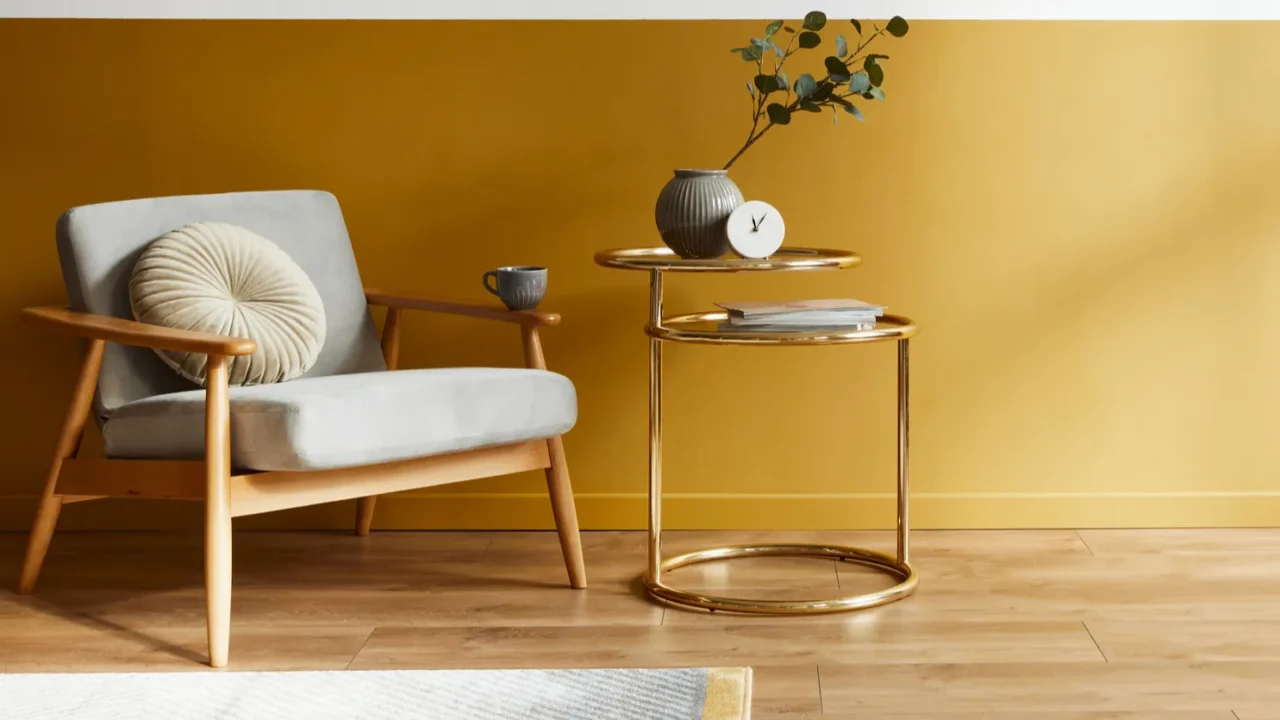
The Art of Empty
Negative space isn’t just for galleries. In quiet luxury, emptiness is a statement like a single sculptural chair in a sunlit corner, a lone ceramic vase on a wide console.
It’s about breathing room for the eye (and the soul). But beware: Too sparse feels sterile; too cluttered kills the vibe. Aim for “edited gallery,” not “waiting room at a very fancy dentist.”
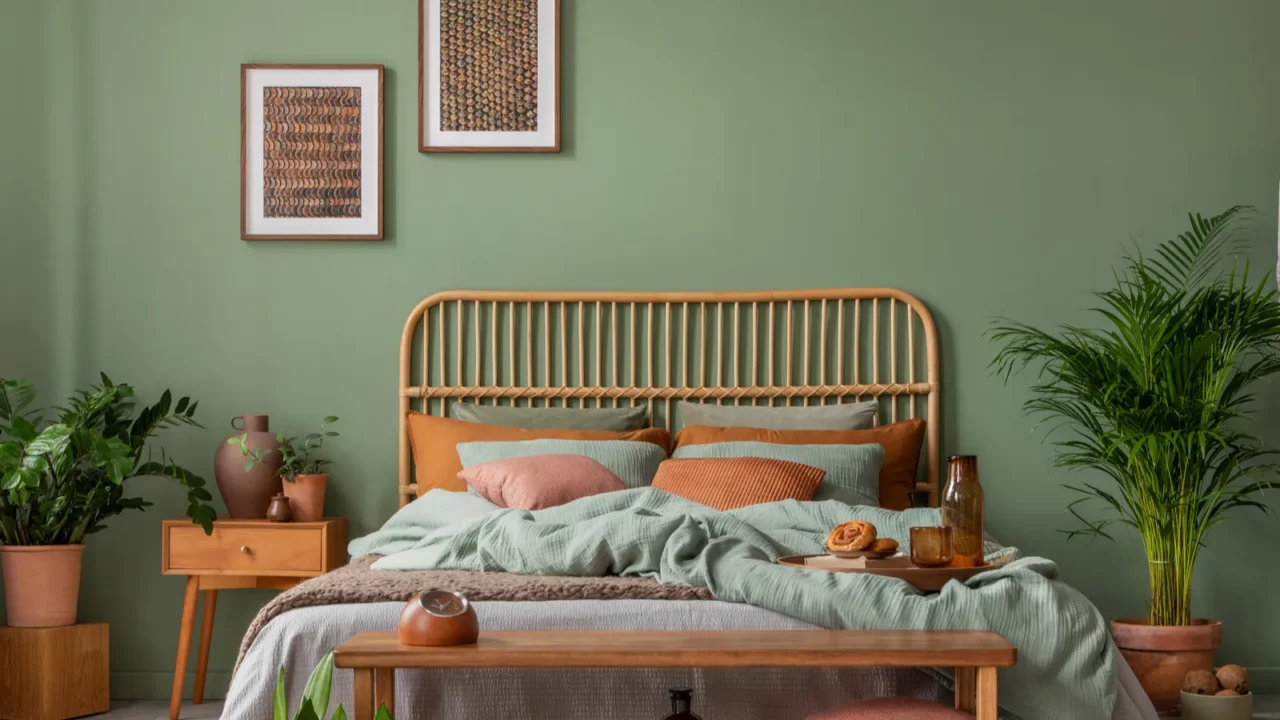
Sustainable Chic
Quiet luxury and sustainability are BFFs, both reject disposable decor. Invest in heirloom-quality furniture, vintage finds, and natural materials that age gracefully.
Even better? Brands like The Citizenry or Parachute marry ethics with aesthetics. Because nothing says “I’m classy” like a side table that won’t end up in a landfill next season.
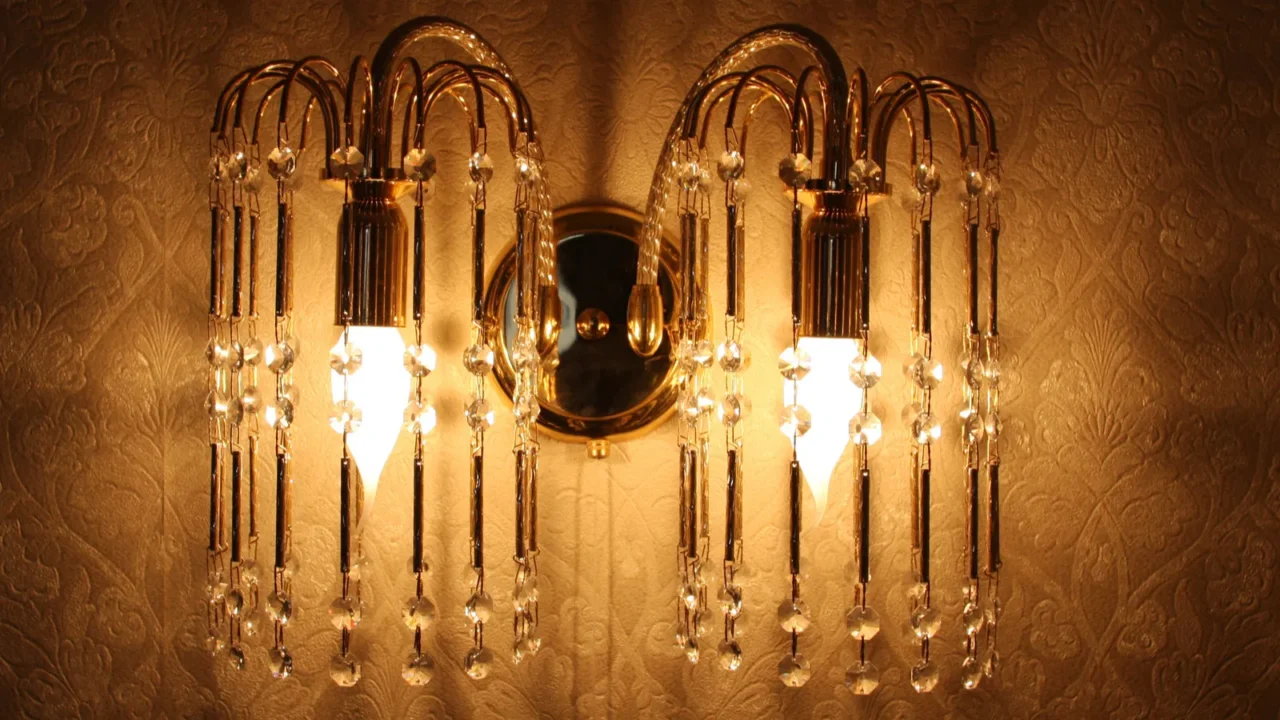
Quiet Lighting
Forget flashy chandeliers; quiet luxury lighting is all about a subtle glow. Think paper-shaded floor lamps, discreet sconces, or a single, oversized linen pendant.
Pro tip: Dimmable bulbs are your best friend as mood lighting beats overhead fluorescents any day. Bonus points for candlelight (even if it’s LED, we won’t tell).
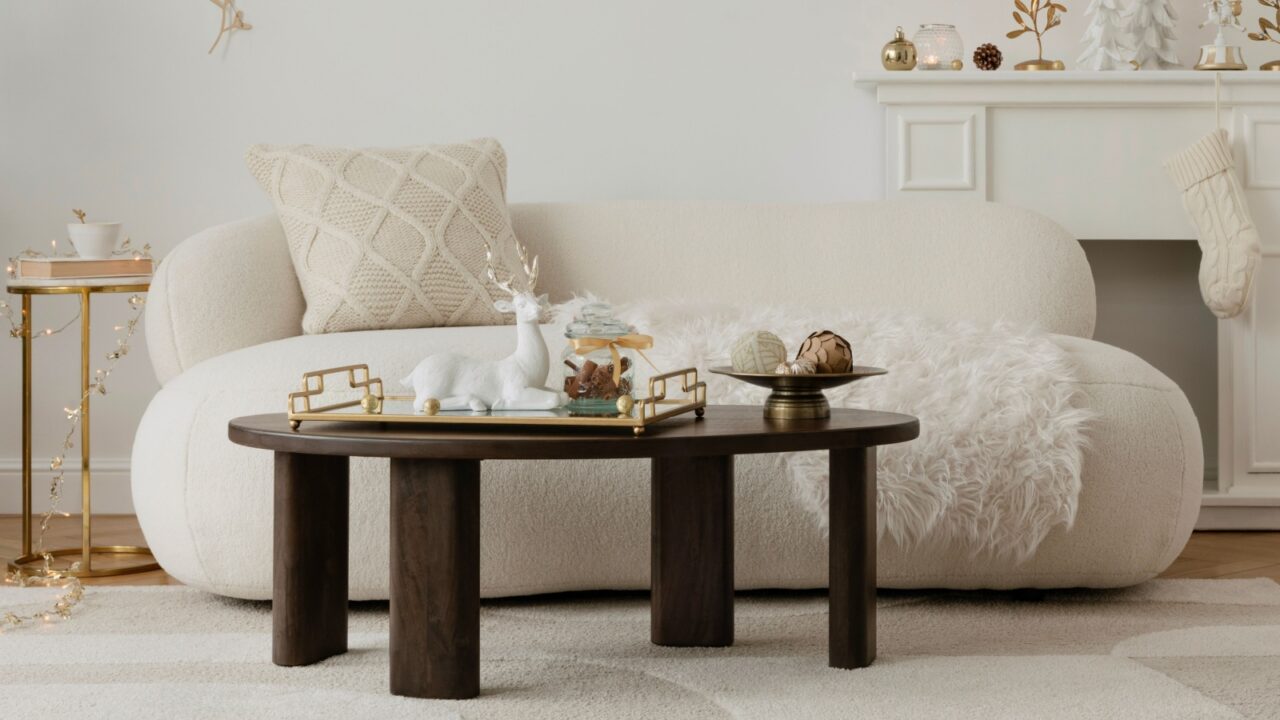
Timeless Materials
The secret sauce of quiet luxury? Materials that age like fine wine. Think solid walnut that develops a richer patina, linen that softens with every wash, and travertine that tells a story through its natural veins.
These elements don’t just last but get better, creating spaces that feel lived-in but never dated. Pro tip: Avoid anything with “acrylic” or “laminate” in the description.
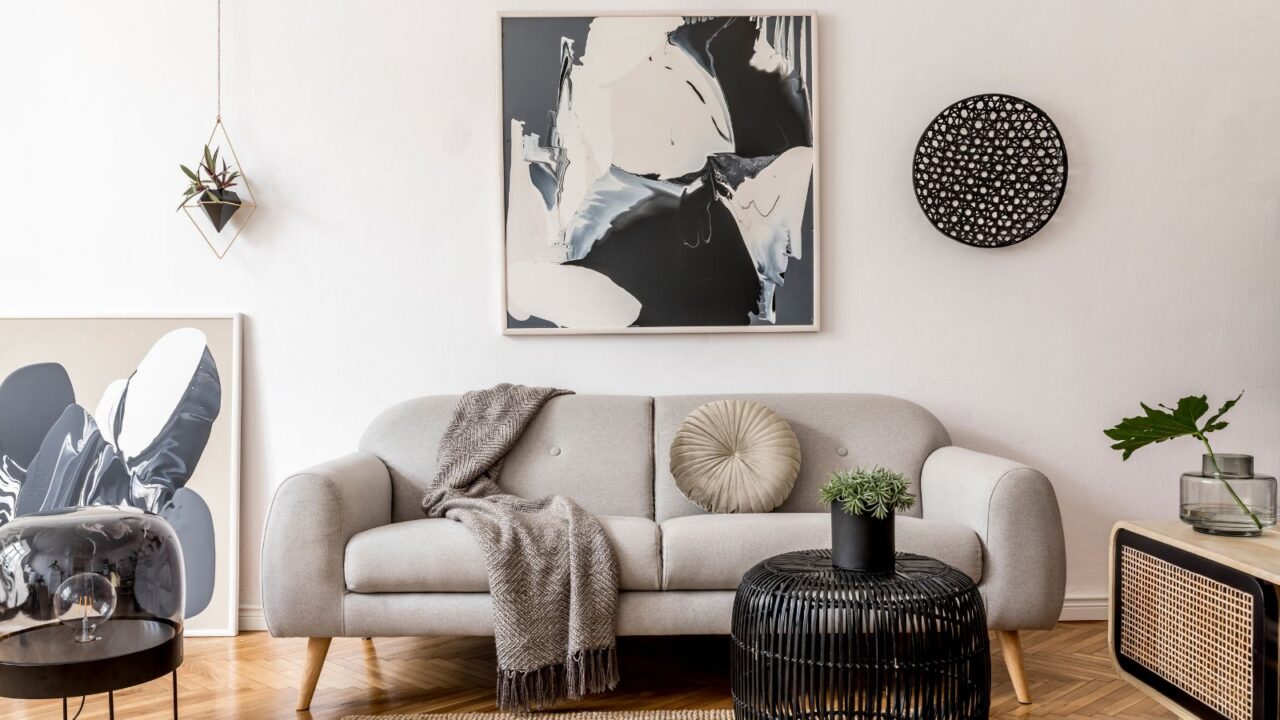
The Quiet Art
Art in quiet luxury spaces should whisper, not shout. A single large-scale abstract in muted tones, a small bronze sculpture on a shelf, or framed vintage botanical prints all work beautifully.
The key is to let each piece have room to breathe. Remember: You’re curating a gallery, not hosting a flea market. Bonus points for original works by emerging artists, it’s luxe with a conscience.
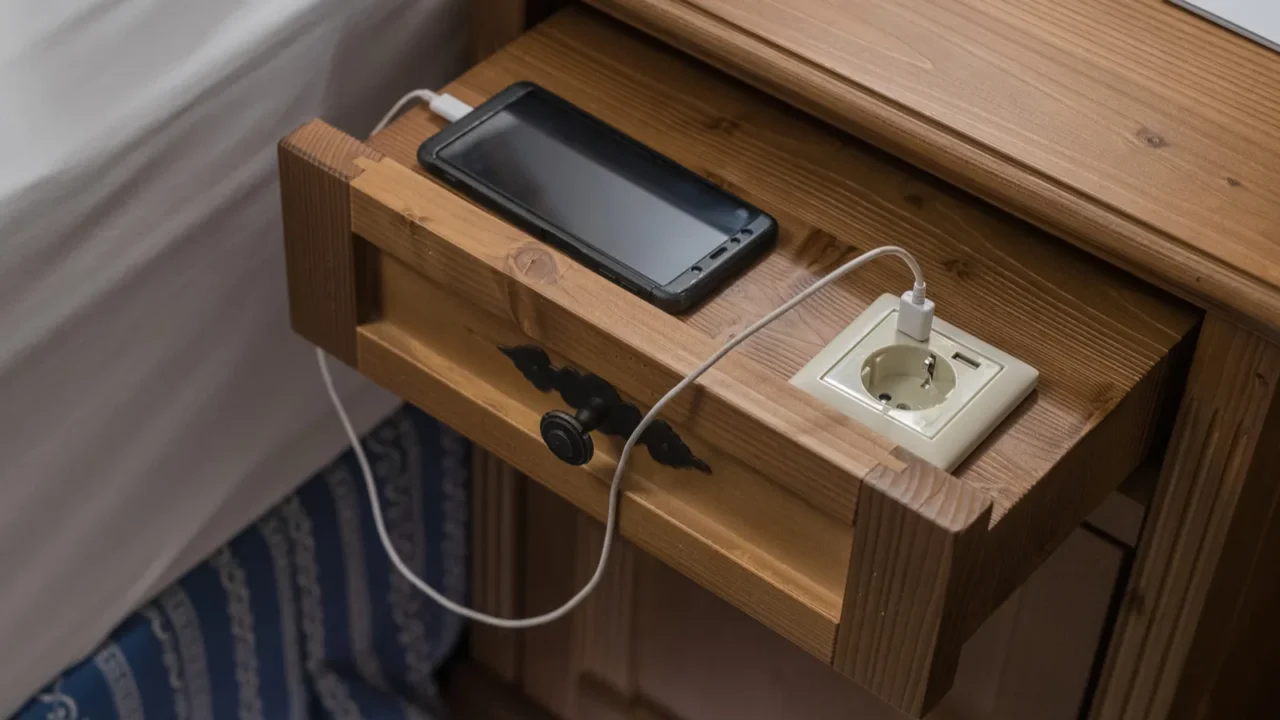
Hidden Tech
“Want to keep your quiet luxury cred? Hide your router like it’s your ex at a party.”
Smart homes can still be serene, just conceal the tech. Built-in speakers, discreet charging stations, and TVs that disappear into cabinetry maintain the aesthetic.
The goal? All the modern convenience without a single visible wire. Because nothing kills a vibe faster than a tangled mess of cables.
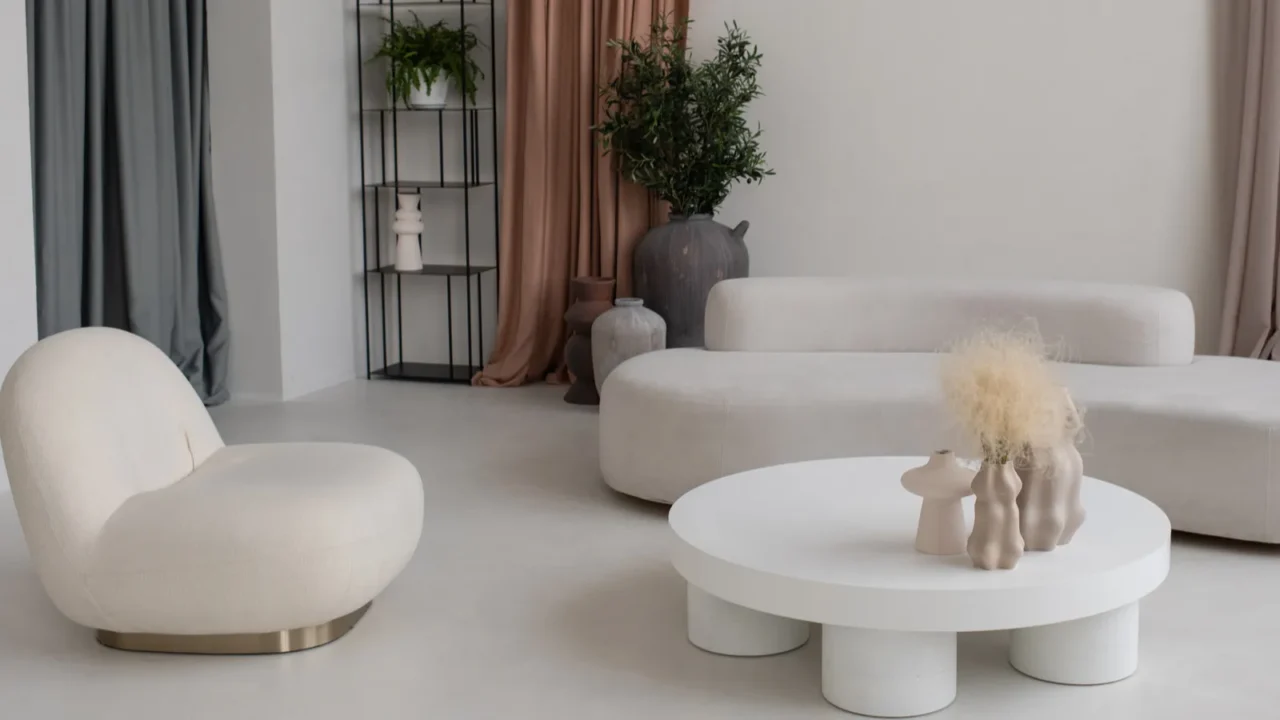
Quiet Luxury Faux Pass
Even the most elegant spaces can go wrong. Common mistakes? Over-matching furniture sets (too showroom), using only cool neutrals (hello, hospital vibes), or going too minimal (feels like you moved in yesterday).
The fix? Add one unexpected element, maybe a vintage kilim rug or boldly-shaped vases to keep things from feeling like a catalog spread.
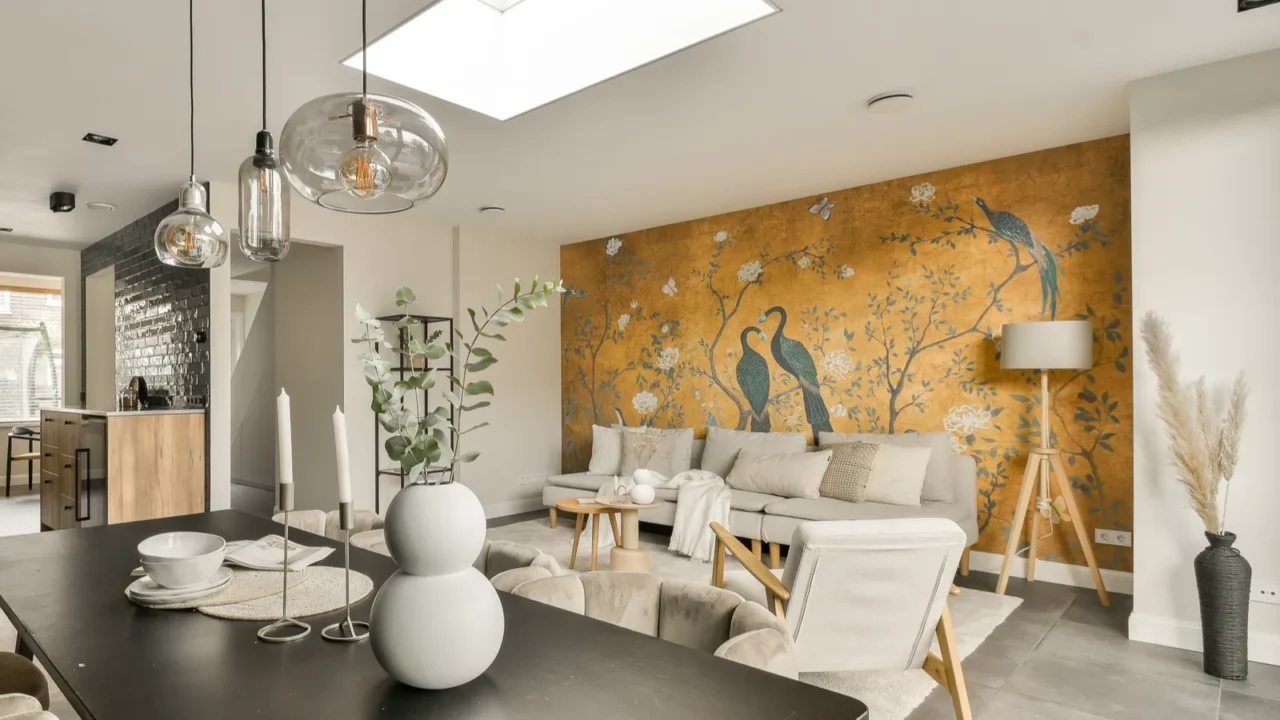
Sensory Design
True quiet luxury engages all five senses: the weight of solid drawer pulls, the scent of leather-bound books, the sound of linen curtains rustling. It’s not just how your space looks, but how it makes you feel.
Incorporate elements like a bespoke diffuser with amber notes or ribbed glassware that feels substantial in hand. This shift toward full-sensory experiences isn’t passing hype, it’s the future of thoughtful design. Why sensorial wellness is the trend to watch dives deeper into why this movement matters.
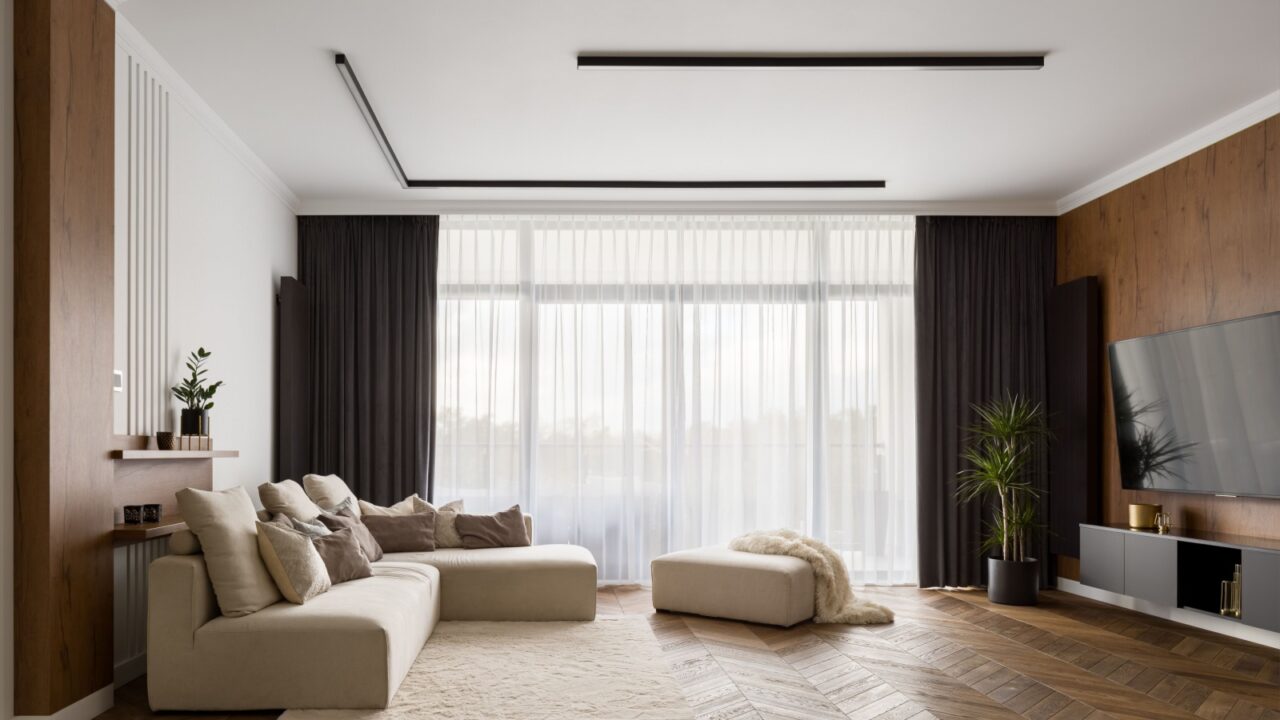
Future-Proof Investment
Invest in foundational pieces with clean lines and timeless proportions that can evolve with trends. A perfect example? The Fredericia sofa, its simple silhouette stays relevant while upholstery updates keep it fresh.
Avoid anything too “of the moment” like that terrazzo obsession won’t age well. I ditched trends for quiet luxury, no regrets shows how timeless design actually saves money long-term.
Would you choose ‘quiet luxury’ over trends? Share your take or your favorite timeless piece in the comments.
Read More From This Brand:
- The Must-Try Living Room Trends Taking Over 2025
- Saltburn Gothic is the Dark Luxury Trend to Try
- Pinterest-Inspired Bathroom Trends That Are Totally Doable
Don’t forget to follow us for more exclusive content right here on MSN.